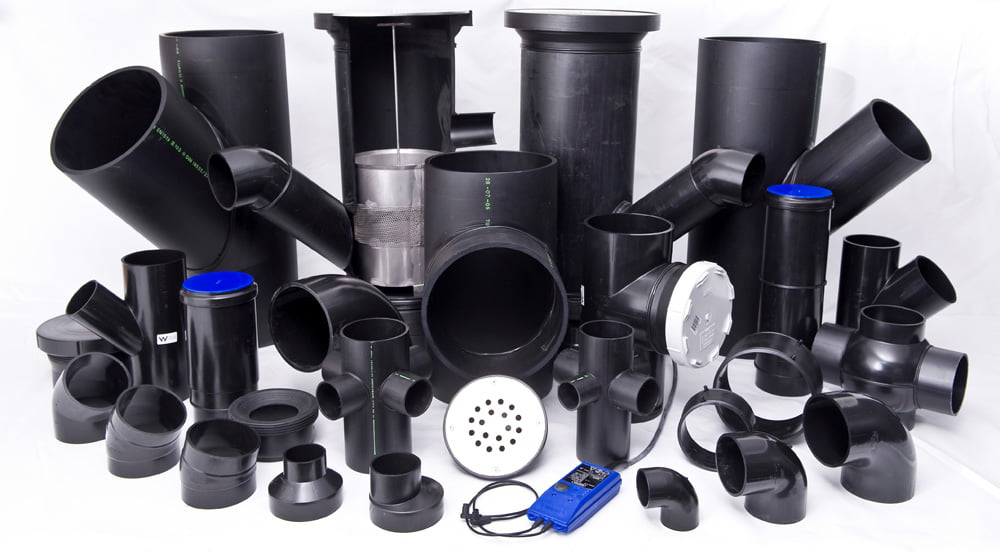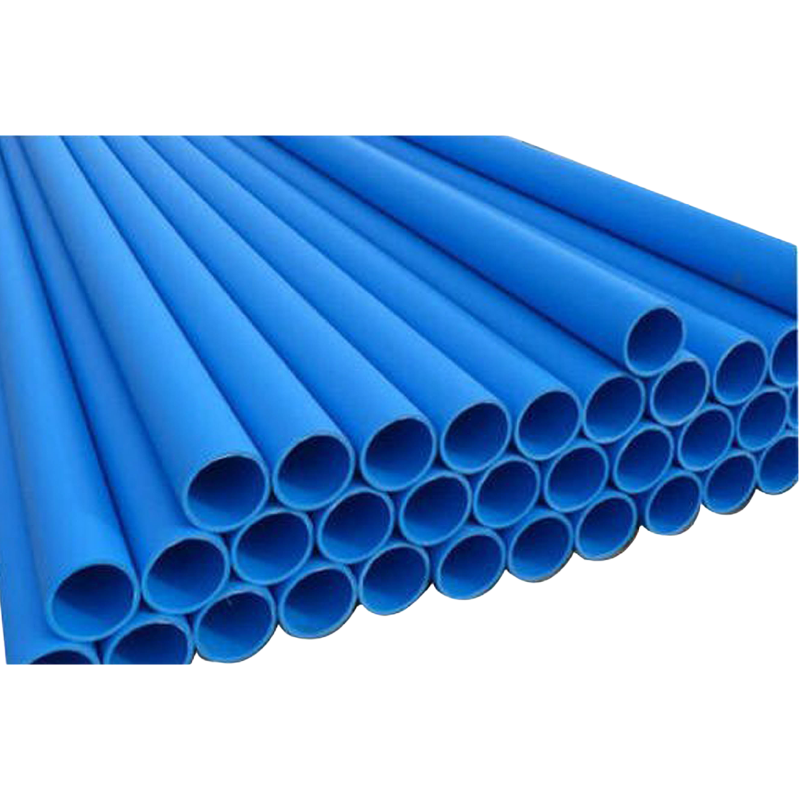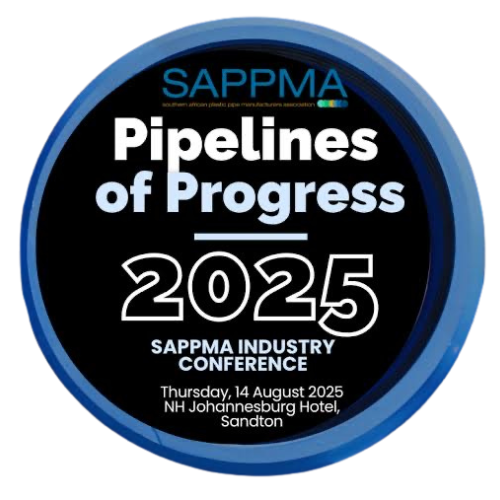When it comes to selecting the right piping material for your project, two of the most common options are HDPE (High-Density Polyethylene) and PVC (Polyvinyl Chloride). While they may serve similar functions, they differ greatly in performance, flexibility and application. Understanding the difference between HDPE and PVC is essential for making the right choice in any piping project. Each materials of these pipes offer unique strength and limitations and choosing the wrong one can lead to project delays, system failures in the long run or even increased costs.
Knowing which pipe suits your environment is very imperative whether you’re working in mining, construction or infrastructure.
The Difference Between HDPE and PVC
HDPE

HDPE offers flexibility and high impact resistance. Engineers and contractors often use it for environments where ground movement, vibrations or harsh conditions are expected like mining, infrastructure and industrial settings. HDPE joints are fused together using methods like butt welding which creates a seamless, leak-proof pipeline. It also handles high pressure extremely well and resists corrosion from chemicals, saltwater and even soil movement. It has a high pressure rating especially in PE100 grades. HDPE has an excellent abrasion resistance which is suitable for mining and slurry. Though it can be more expensive upfront, HDPE often results in long-term savings due to its durability and low maintenance.
PVC

PVC provides a rigid yet lightweight option, making it easier to install and handle, especially in residential or light-duty applications.Contractors commonly use it in plumbing, irrigation, and drainage systems. They join PVC pipes with solvent cement or rubber rings, which are easier to apply but may not be as secure as HDPE welds in the long term. PVC performs well under moderate pressure and has a good pressure rating but the pressure drops at higher temperatures. It is typically cheaper at the start but its important to note that it may require more frequent repairs or replacements especially when exposed to impact or prolonged sunlight.
For demanding, high-pressure environments or projects that require durability and flexibility, HDPE is often the smarter, long-term investment. It offers strength, resistance, and reliability where it matters most.

